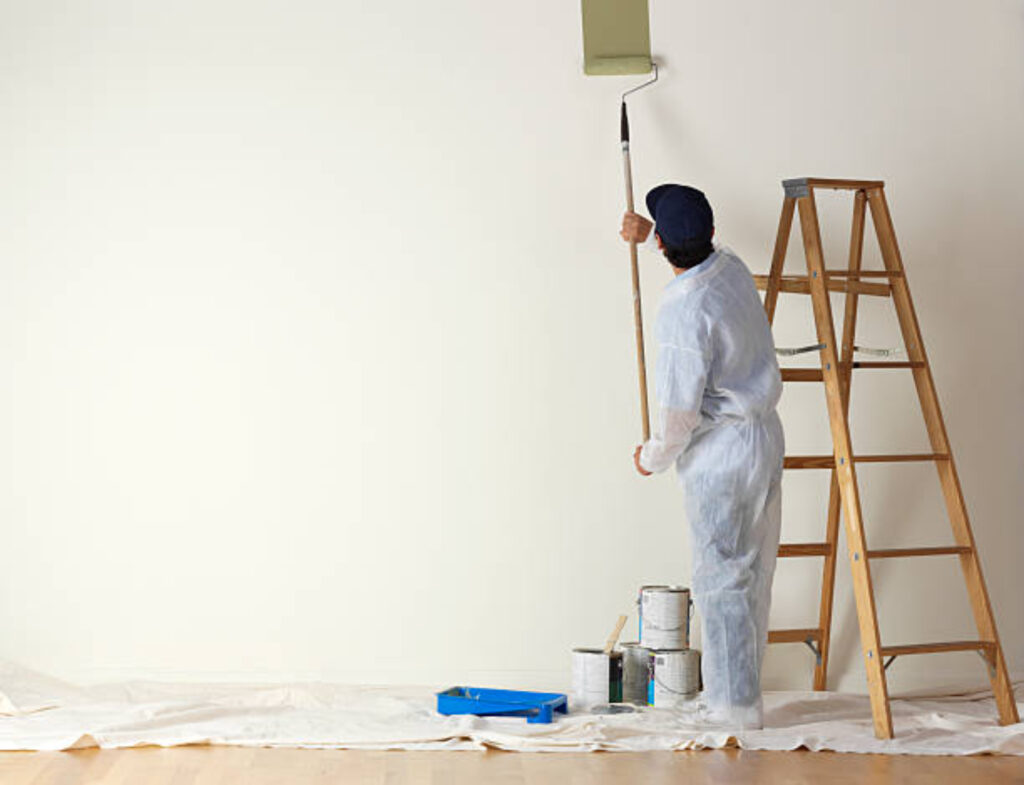A lot of people have been facing a similar problem, and they’re unable to figure out the root cause. If you’re also going through the same scenario, you have come to the right source to find your answer. We’re Your Quality Painters, your reliable source for professional residential and commercial painting projects.
Today, in this blog, we’ll talk about some of the common causes of paint bubbles and peels. Also, the solutions to fix it.
Causes and Solutions
1. Problem: Surface Was Dirty
There’s a reason why painters properly clean the walls before painting to remove the dust, dirt, and grime from them. Fresh paint often has difficulty sticking to walls that have clogged particles settled in them.
Solution: You can course-correct using the scraping-and-patching technique. If you’re about to paint the new walls, first soak a sponge in soapy water and clean the surface. Now, let it completely air dry before applying the primer and eventually painting the walls. It’ll prevent the fresh paint from blistering in the future because the paint will firmly stick to the wall without coming off.
2. You Skipped the Primer
Porous substrates, such as bare walls or plaster, will absorb more of the pigments and resins (binders) in the paint than primer-coated substrates. This results in short-term firmness of your base coat. When your first coat has a thinner binder film than what’s required, the following coats won’t hold.
Solution: If you have applied the paint without the primer and noticed the bubbles, do one thing. Clean the surface of joint compound dust and other debris, then apply a stain-blocking primer to the surface before repainting it. Any primer, be it oil-based or latex primer, would do the trick. The primer will seal the pores in the substrate and finally give a thicker primer with enough adhesive to go on after the paint layer without bubbling. Remember, the primer must be dry before painting. Otherwise, heavy paint particles that evaporate as it dries may remain under the coating and cause bubbling.
3. The Painting Surface or Surroundings Were Moist
The reason behind the moisture on your walls could be the high humidity in the weather, water leaks, rain droplets, or simply a plumbing issue in the system. Any of these problems can cause water-filled bubbles in the paint. The bubbles usually appear in the kitchen and the bathrooms as the chances of moisture are generally high in these rooms. Your basement might also be at risk if there’s not enough ventilation.
Solution: Before you start to scrape the bubbles from the walls, identify the root cause of the moisture. See if it’s a roof leak, basement flooding, loose plumbing, leaky caulking, or bathroom humidity. Once you’ve figured out the problem, do the usual: scrape, patch, clean, and dry the walls. Before you repaint, eliminate the possibility of moisture in the walls. The average level of humidity in the room should be anywhere between 40 to 80 percent.





